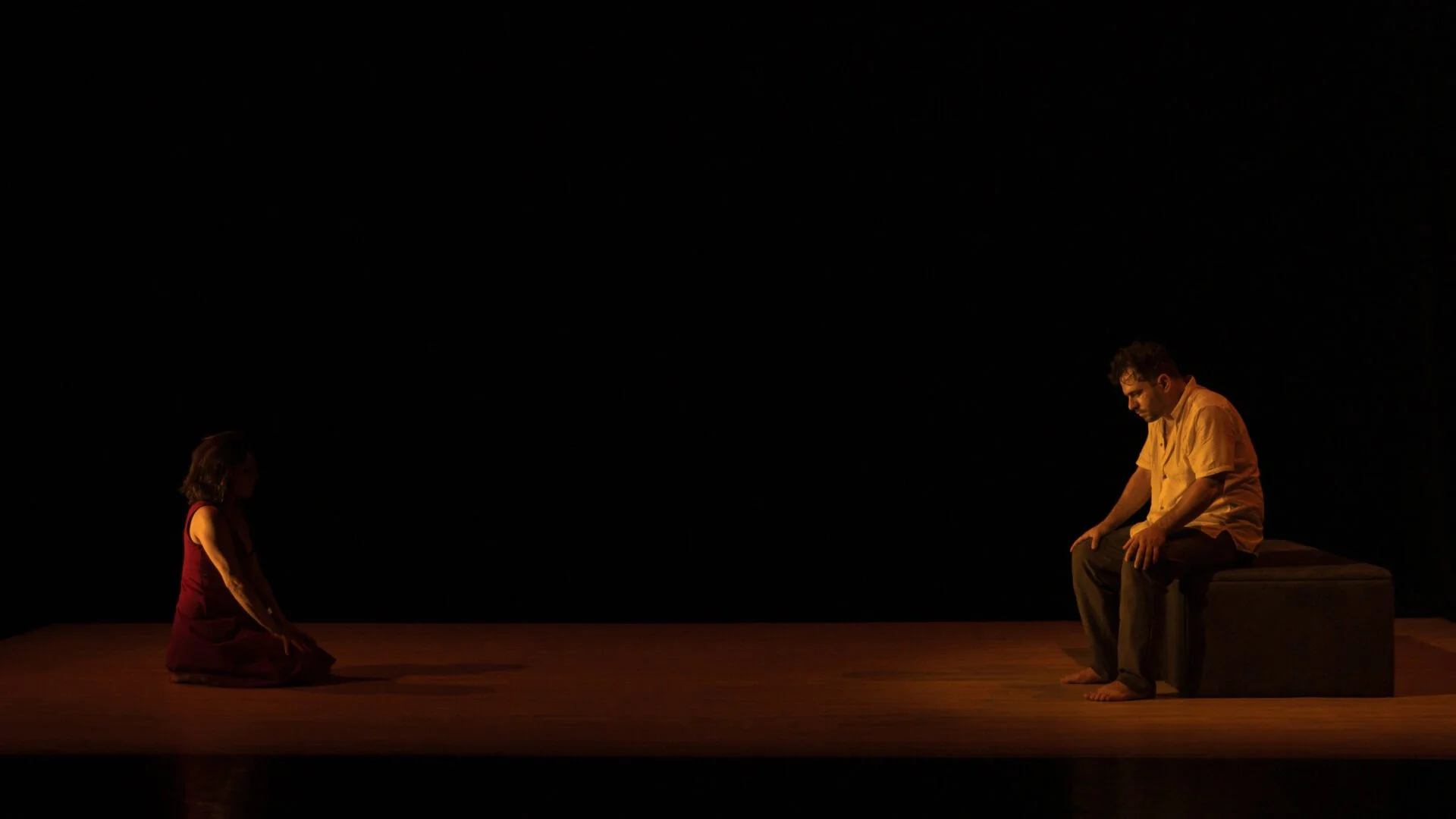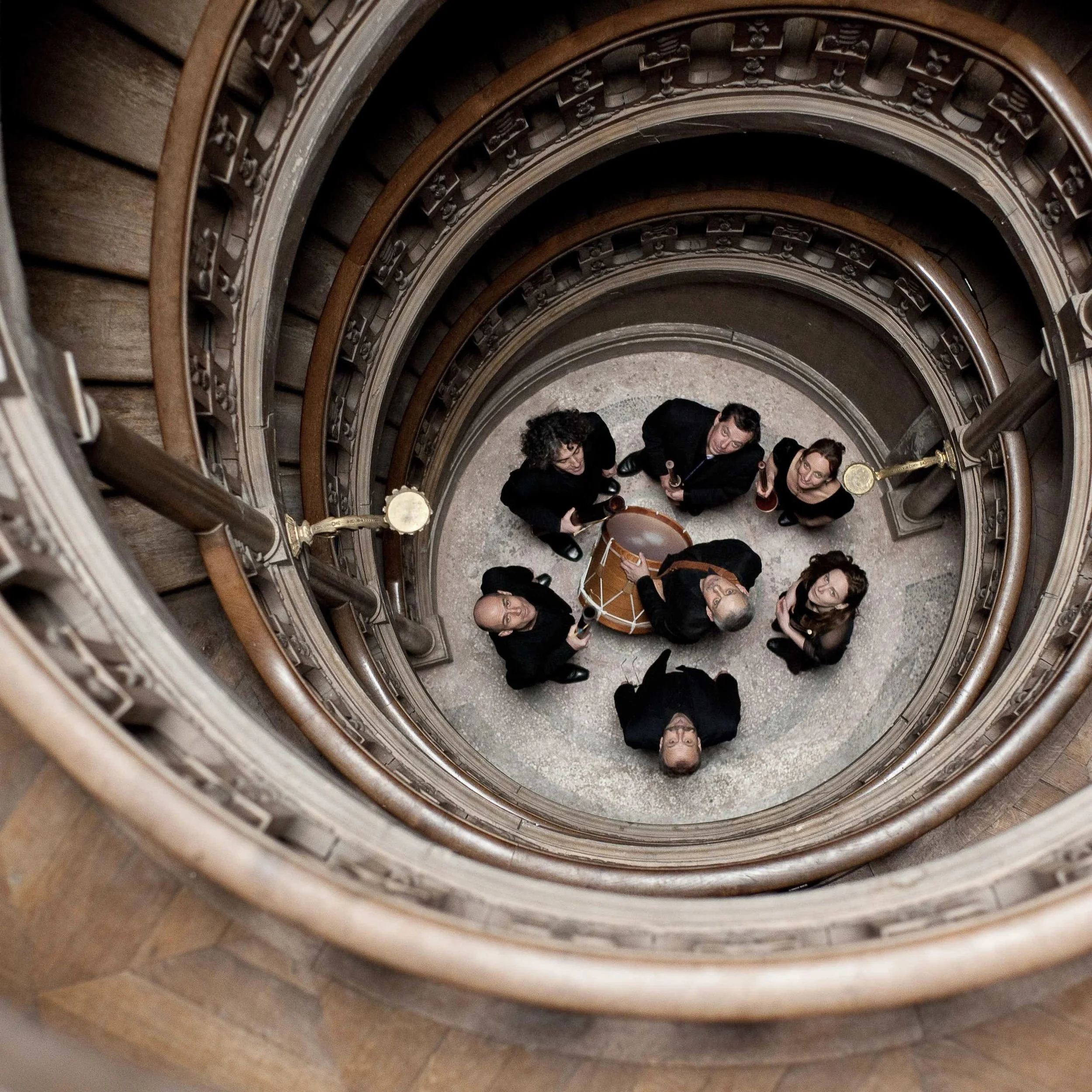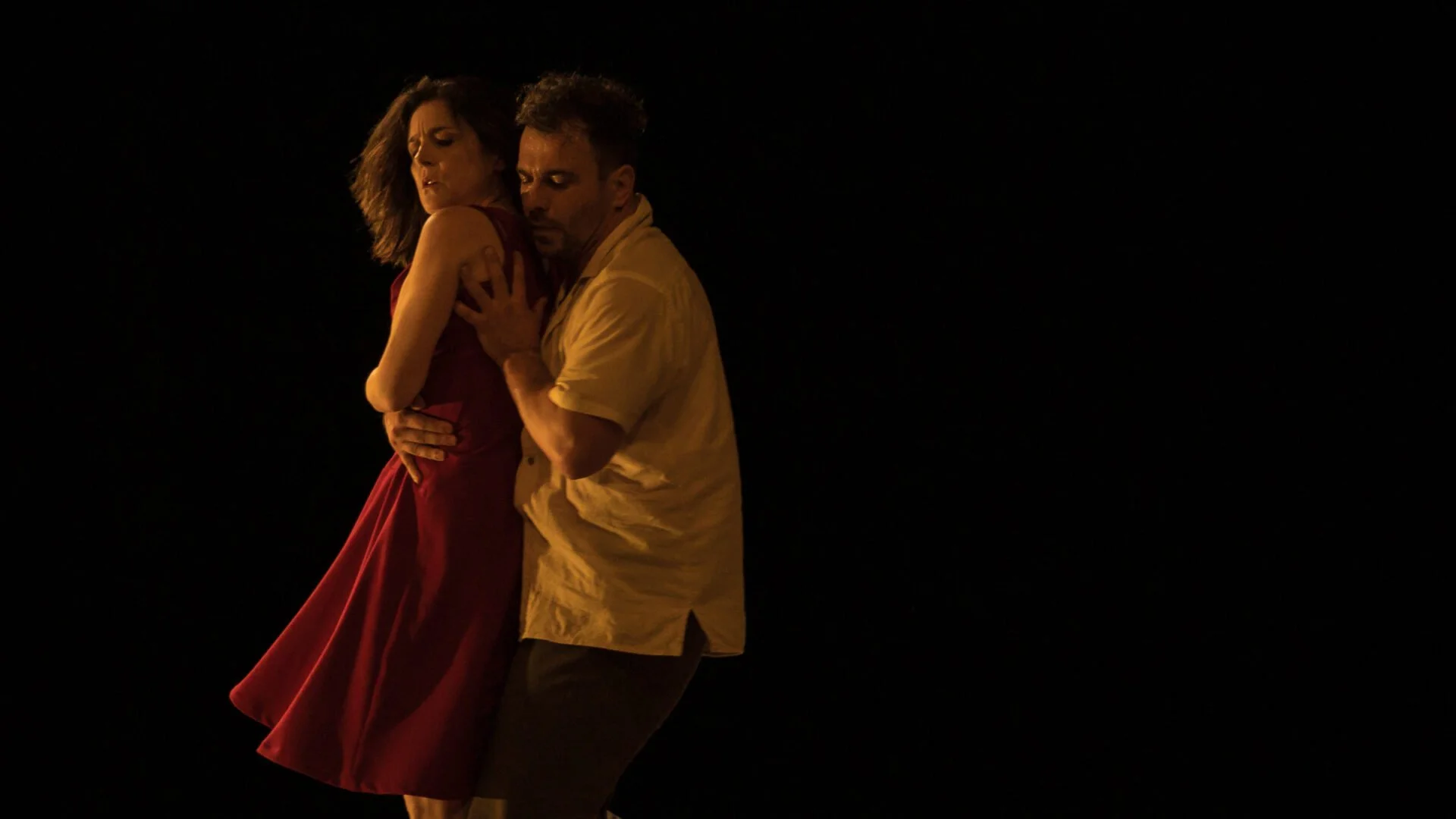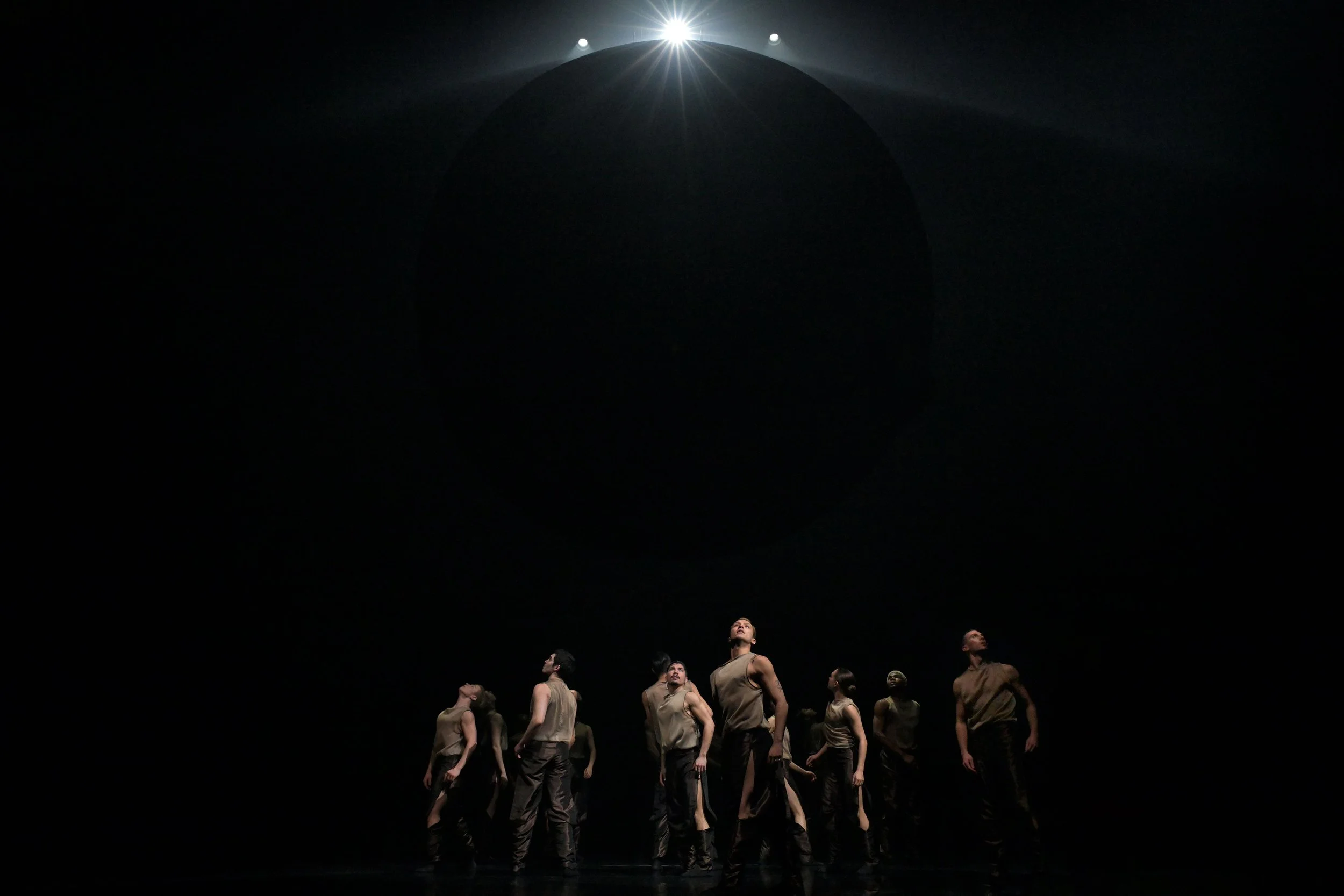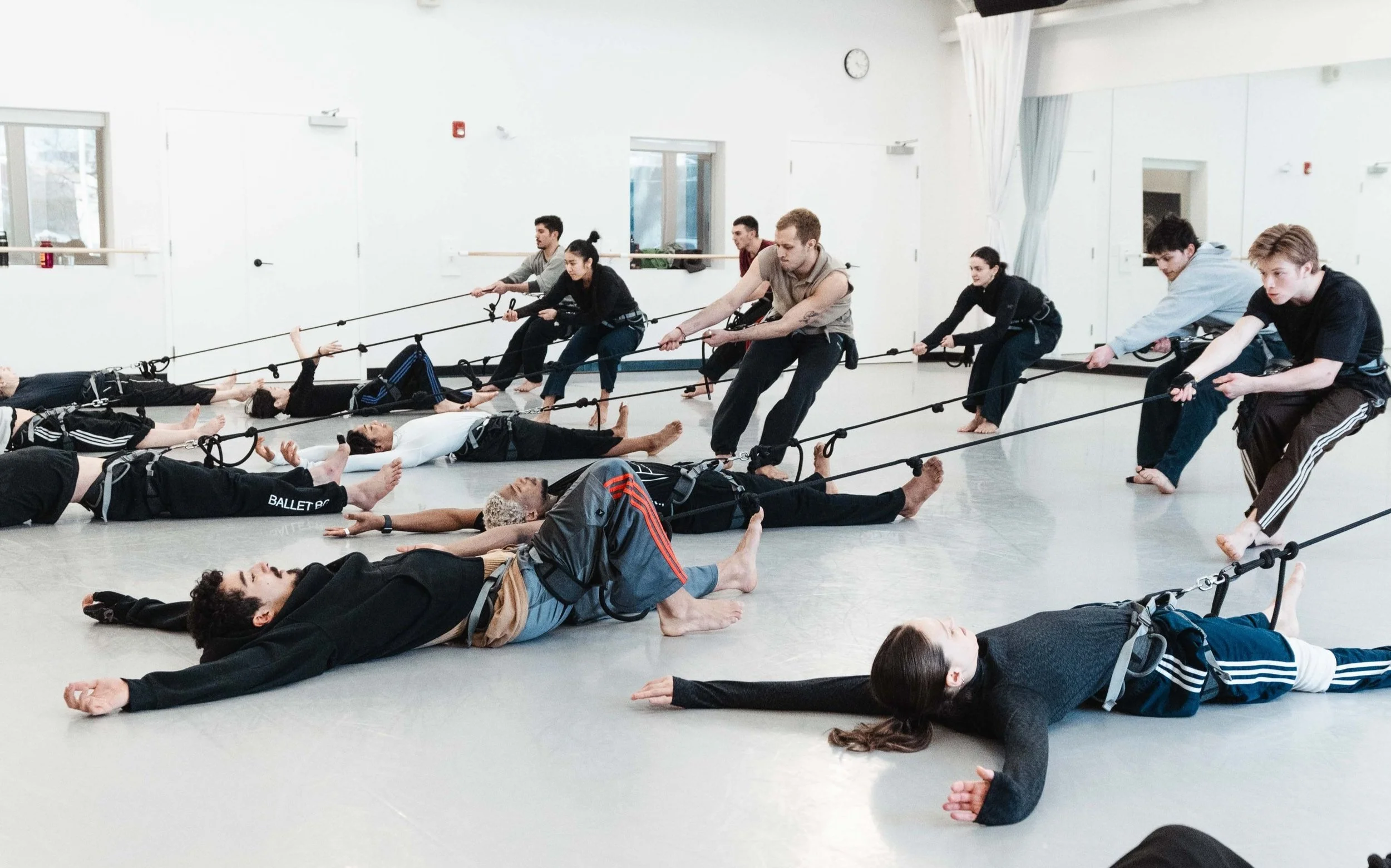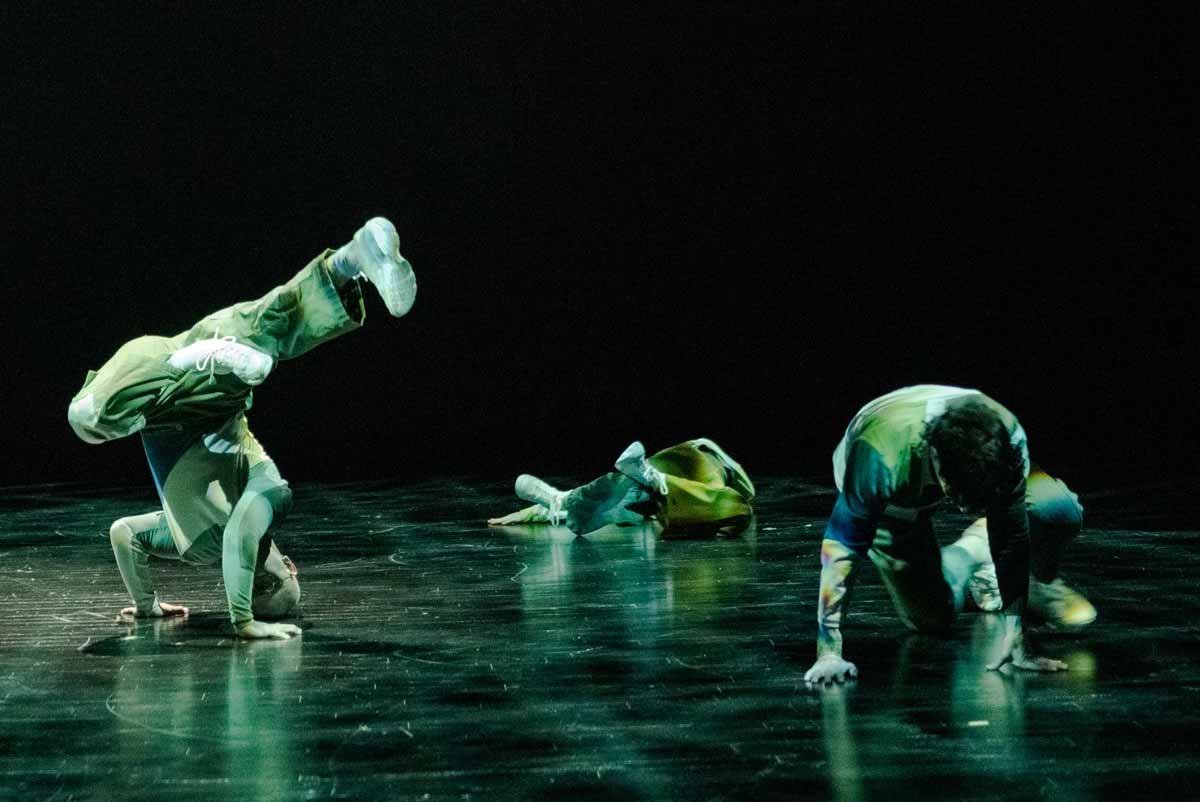Sankofa Danzafro envisions a society without racism in The City of Others (La Ciudad de los Otros)
The Afro-Colombian dance company headed by Rafael Palacios combines contemporary movement with traditional forms
Sankofa Danzafro, The City of Others (La Ciudad de los Otros). Photo by Jeison Riascos
DanceHouse, in partnership with Blackout Art Society and Vancouver Latin American Cultural Centre, presents The City of Others (La Ciudad de los Otros) on February 21 and 22 at the Vancouver Playhouse
AFRO-COLOMBIAN DANCE company Sankofa Danzafro’s artistic director Rafael Palacios draws from painful subject matter for the company’s powerful The City of Others (La Ciudad de los Otros): the racism he and his 10 dancers have experienced as Black people in Colombia. Based in Medellín and speaking to Stir from Chicago, where Palacios is in residence at Northwestern University, the movement artist explains that the work is a call to action.
“We dance not to be seen but to be heard,” Palacios says, speaking in Spanish through a translator via Zoom. “The dance is a reflection of our personal experience and the narrative aims to transform the collective imagination and to take the audience through a process of seeking new solutions.”
Palacios explains that The City of Others was created to coincide with the 159th anniversary of the abolition of slavery in Colombia. While discrimination persists, he’s hopeful that a more inclusive and equitable society is possible. And he says dance is an effective way to communicate that goal. In The City of Others, the dancers and live musicians transform the stage into a place of equality and empowerment.
“There has been a lack of opportunities for some people and a lot of closed doors, cases of people not having the same equal opportunity in life,” Palacios says. “But in The City of Others, we envision a city where there are the same opportunities for everyone.
“The work is inspired by personal histories of racism for each of the artists so it is sort of a biography in movement,” he adds. “There has been a lack of opportunities in education and different working conditions, but we express our struggles not in order to complain but to find common ground and a common solution. We don’t want to accept the injustice. Dance is a way to change things.”
Rafael Palacios.
In The City of Others, Palacios combines contemporary movement with high-energy techno beats inspired by Latin and hip-hop music, adding in traditional Colombian songs, rhythms, and dances—including the vallenato and bullerengue from the Atlantic coast and the currulao and abozao from the Pacific coast.
In Akan, a Ghanaian language, Sankofa means “to return to the root”. It also refers to an African philosophy that proposes to know the past as a means to understand the present and see the future. The City of Others mines Colombia’s past to light a path to what lies ahead.
Palacios aims to break down stereotypes with the work. He says that society often sees Black dancers as eroticized and exoticized. “We aim to show them as human beings without the exotic components attached to the stereotype,” he says.
Featuring live and recorded music, The City of Others also draws inspiration from the idea of extended family that is prevalent in rural communities: what a person owns is for everyone, and under a person’s roof, there is always room for someone else.
“Common to Indigenous, Black, and rural communities is this concept of extended family, that we can feel good if everyone else is good and has good conditions,” Palacios says. “There is the individualism in bigger cities versus a more collective society in the townships, and we’re aiming towards reaching a collective well-being for everyone. It’s easy for people to be invisible in big cities, and our hope is an alternative society where everyone is given importance.” ![]()







